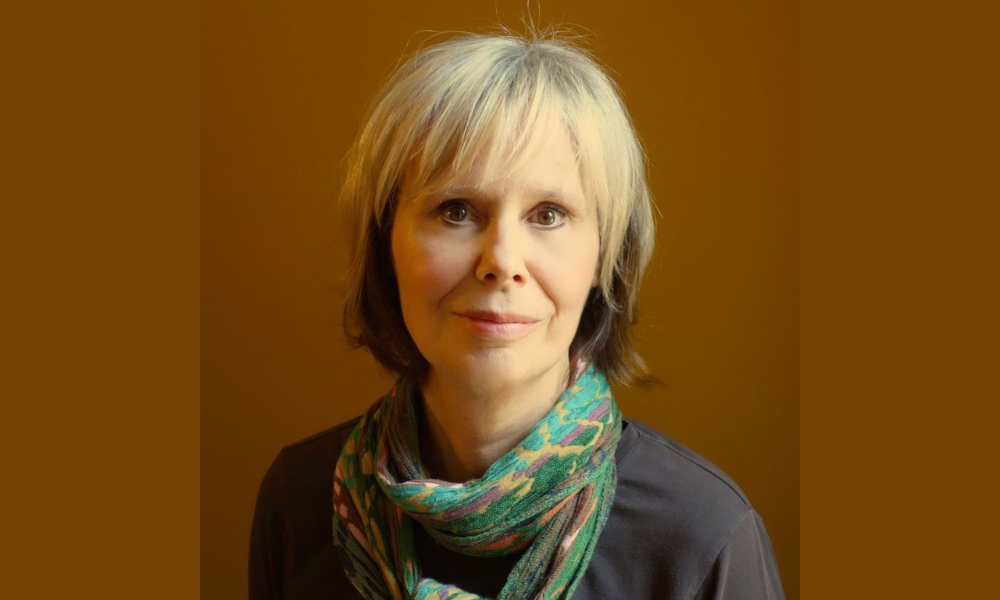
The watchdog says a growing number of human rights applicants are abandoning their cases

Ahead of Tribunals Ontario releasing its annual report on the activities of the boards and tribunals it oversees, a watchdog group described one of those tribunals as “the place where human rights claims go to die,” pointing to a high number of dismissed claims, years-long wait times for applicants, and diminished funding for legal aid.
The watchdog, Tribunal Watch Ontario, said in an analysis published Tuesday that an unprecedented 93 percent of the final decisions that the Human Rights Tribunal of Ontario made in 2023 and 2024 were “jurisdictional or procedural” dismissals of applications.
Tribunal Watch Ontario said that nearly 80 percent of those cases were dismissed because the HRTO determined they had been abandoned by applicants, most of whom had been waiting for years to have their cases heard. The watchdog’s analysis is based on data available on the HRTO’s website.
“There are strong indications that people who may have legitimate claims are simply giving up after their cases languish for years, mired in the HRTO’s process,” said the analysis. “As a strategy to handle its huge backlog, the HRTO appears to be pushing applicants into abandoning their claims.”
Kathy Laird, a member of Tribunal Watch Ontario’s steering committee, told Law Times on Tuesday that applicants’ lack of legal knowledge accounts for many dismissals.
Laird says Ontario’s human rights system was set up with the expectation that most people would file complaints on their own without the help of a lawyer. She notes that the complaint form is about 20 pages long and asks applicants to tell their stories in their own words.
However, Laird says the HRTO’s process has become increasingly difficult for self-represented applicants to navigate independently.
According to Tribunal Watch Ontario’s analysis, the HRTO’s complaint process has grown less accessible and more expensive for self-represented applicants since the tribunal was brought under the oversight of Tribunals Ontario in 2019, relying on formalities and technicalities that effectively prevent complaints from being fairly resolved.
However, 80 percent of applicants are not represented by counsel when they file claims with the HRTO.
The watchdog noted that the Human Rights Legal Support Centre, which the Ontario government founded in 2008 under former Premier Dalton McGuinty to support tribunal applicants, “has been starved for funds for years” and has shrunk as a result. In October, HRLSC lawyers alleged the centre was diverting money away from legal services and putting it towards educational and communications initiatives – a move the lawyers said forced them to turn away applicants with “strong claims of discrimination.”
The centre said in response that static government funding, not a diversion of resources away from legal services, was "the central factor shaping current HRLSC service challenges."
Laird says that since the HRTO came under its current leadership appointed by Premier Doug Ford’s administration, “We've seen a steady rise in tribunal-initiated motions to dismiss using a variety of different forms, but all amounting to a direction to file what can be very complex legal submissions.
“What happens in the majority of cases when people get this form, if they can't get a lawyer, they just abandon the case,” Laird says.
Based on the HRTO’s quarterly reports on the decisions it issues, Laird calculated that the number of applicants who abandoned their cases has nearly tripled. Fewer than 400 applicants abandoned their cases in 2017 and 2018, while more than 1,000 did the same in 2023 and 2024.
Tribunal Watch Ontario said access to justice issues will likely grow if the HRTO implements a series of proposed procedural changes it announced on Oct. 25. These changes include eliminating summary hearings, case management conference calls, expedited hearings, and interim remedies.
The watchdog said that for applicants who do get a full hearing at the HRTO, the period between filing a complaint and getting a final decision from the tribunal typically stretches between four and 10 years.
In a statement, a spokesperson for Tribunals Ontario said many factors impact the HRTO’s ability to adjudicate complaints promptly. These include applicants’ failure to comply with case assessment directions, incomplete applications, the complexity of a file, requests from parties for an extension of time, adjournments, deferral of files because of other proceedings, and more.
Tribunals Ontario also noted that it has made progress in reducing its caseload. At the end of June, the number of active cases totalled 8,800 – nearly a 1,000 reduction from the 9,700 active cases in February 2023. Last year was the first time since 2013 that the tribunal was able to reduce its case count.
Tribunals Ontario said several initiatives made this reduction possible, including the appointment of 32 new adjudicators since January, a new training program for adjudicators, and a growing focus on first-action reviews and mediations.
However, Laird was not convinced that the HRTO’s reduced backlog indicated success.
“Historically, the tribunal has been able to handle about 3,000 a year. So that means they still have a two- or three-year backlog,” she says.
“They've whittled down their backlog by 1,000 – we know exactly what has happened to those 1,000,” Laird says, adding applicants have “abandoned their cases.
“Is that what our human rights tribunal is supposed to be doing?” she asks. “Setting up onerous roadblocks for people who don't have a lawyer, and then whittling down their backlog by basically shutting people out of the system?”
Editor's Note: This article was updated to include details about HRLSC's response to criticism expressed by its lawyers.